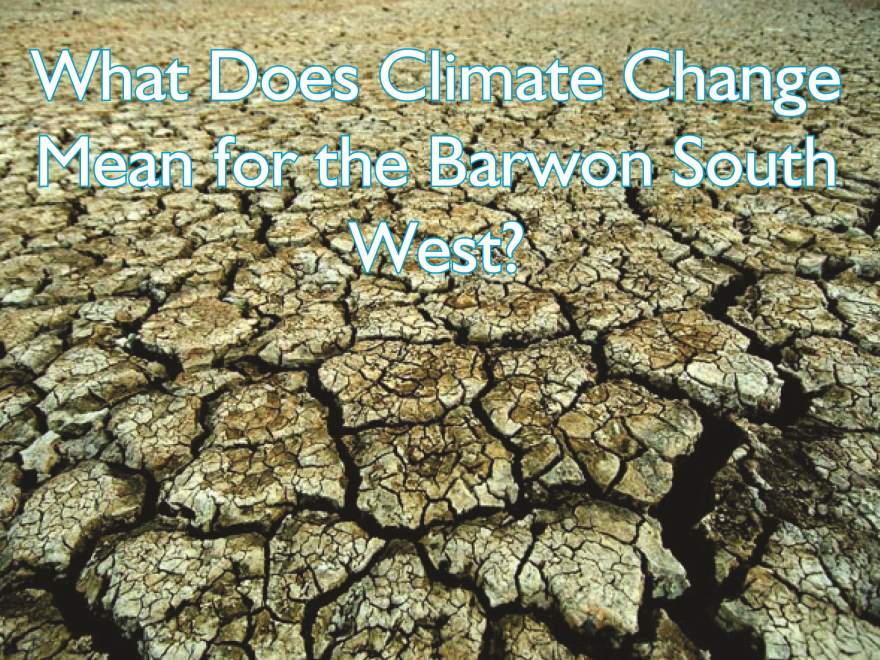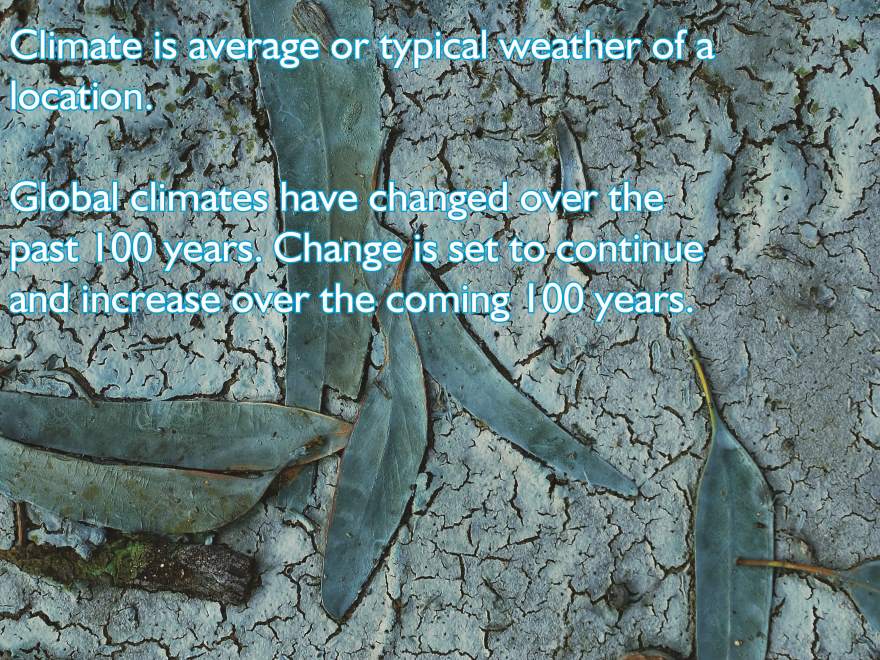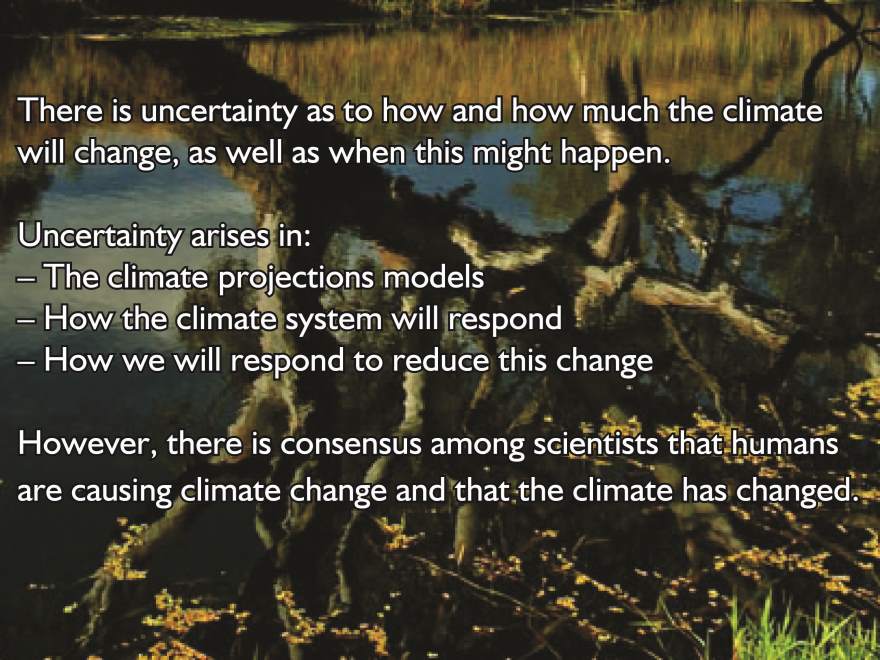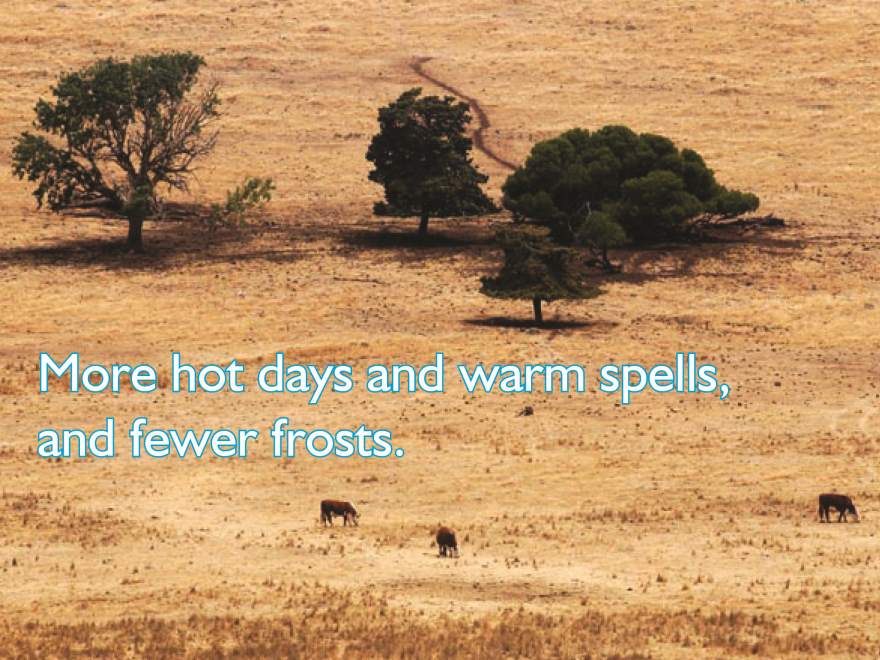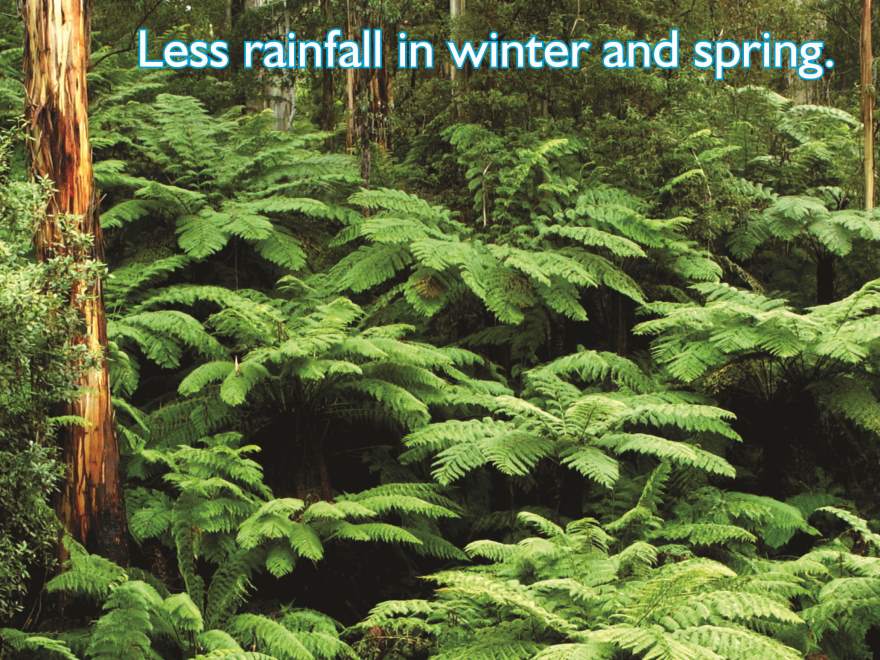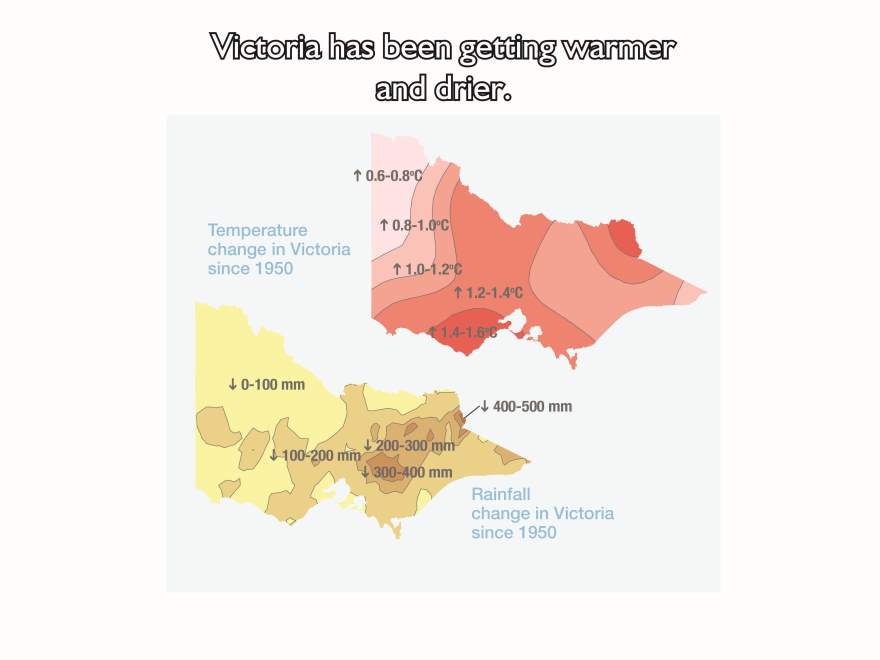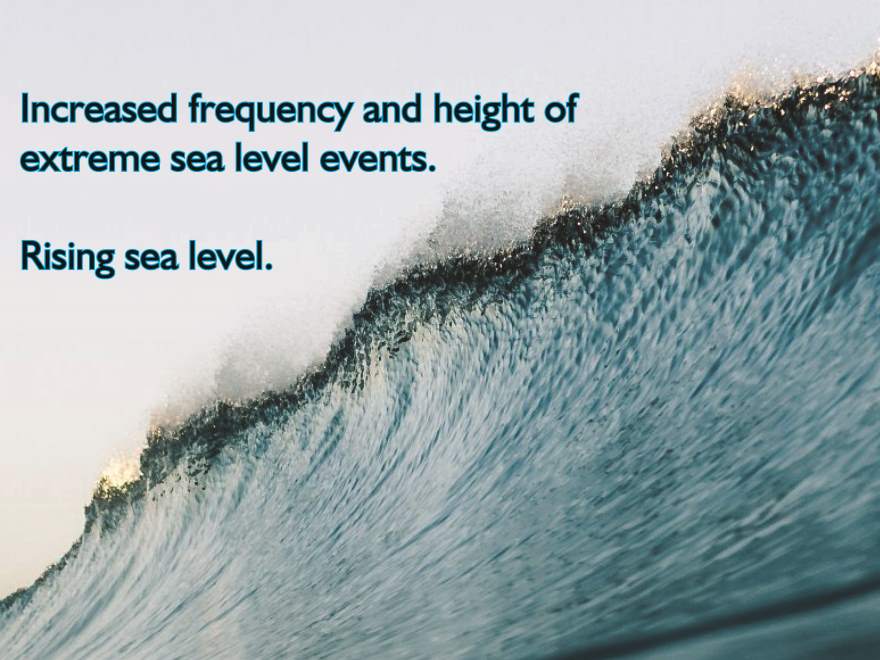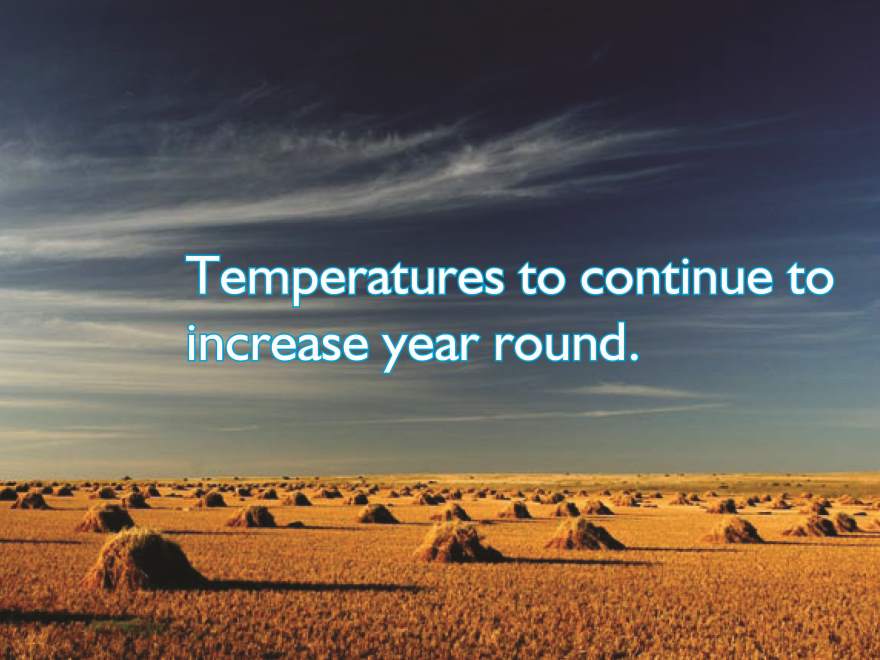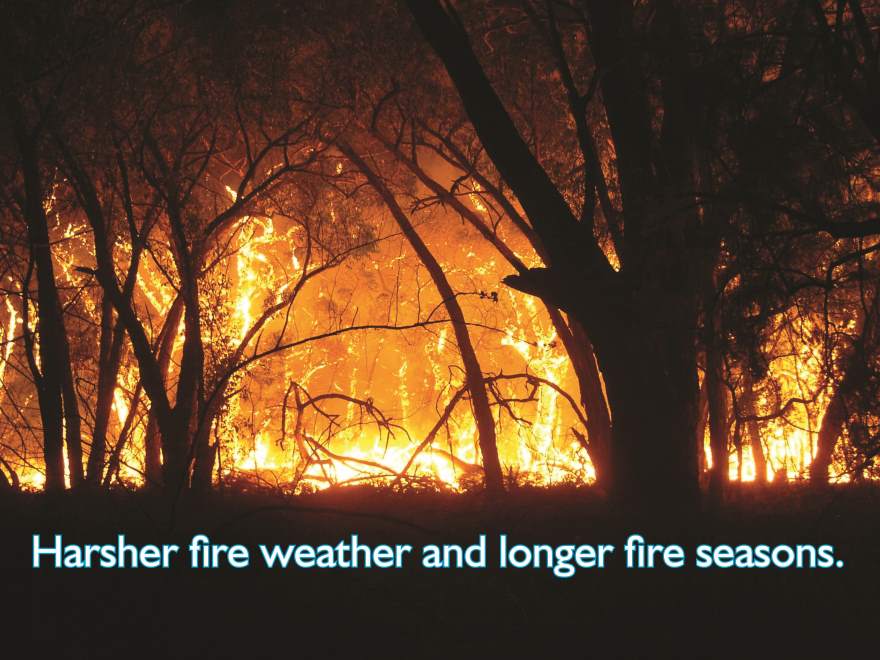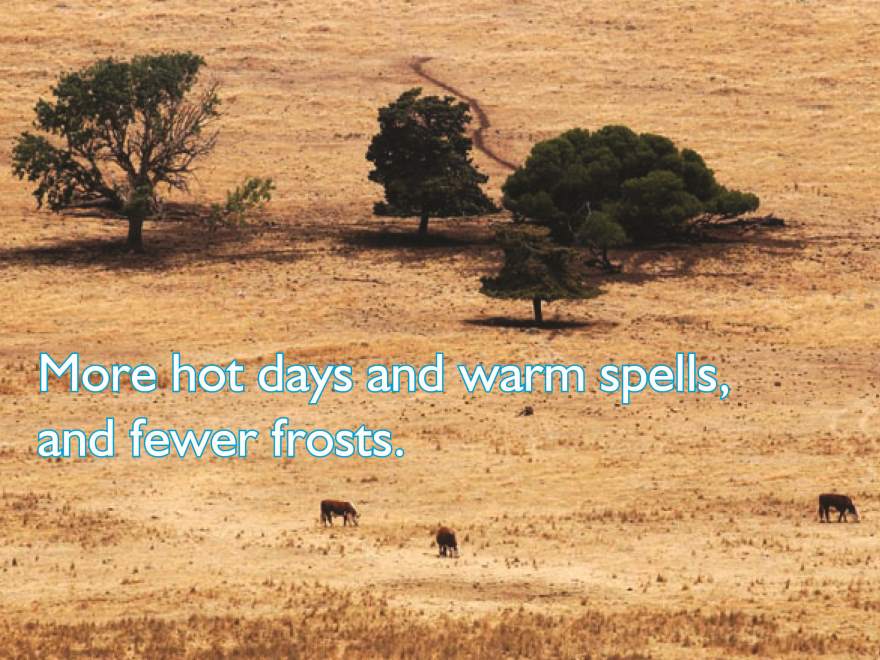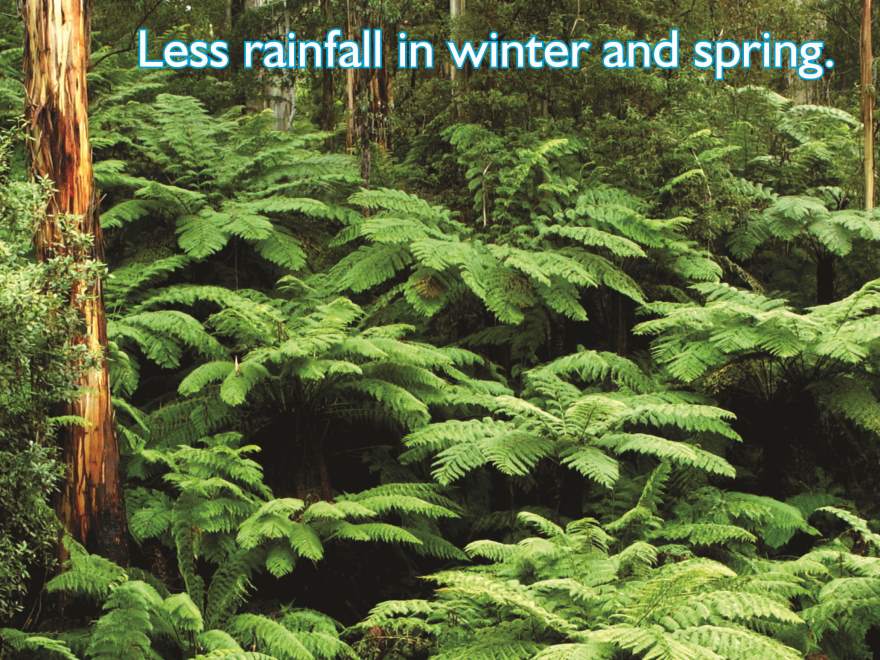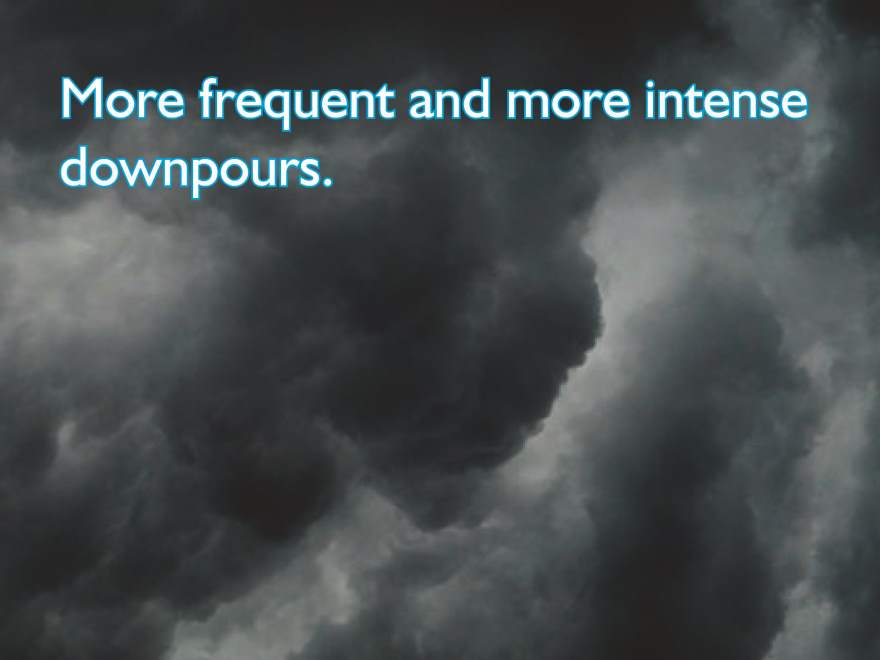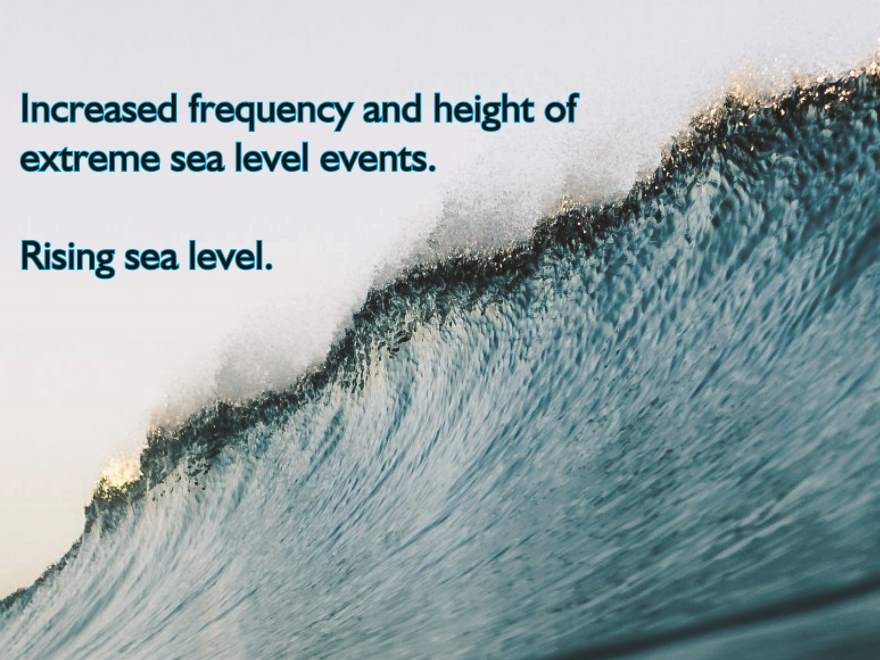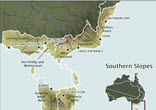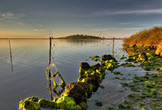What is Climate Change?
Climate change is often described as the change in the average weather over a long period of time, usually over a period of 30 years and can occur due to a combination of natural and human causes. The United Nations Framework Convention on Climate Change describes climate change as:
“...a change of climate which is attributed directly or indirectly to human activity that alters the composition of the global atmosphere and which is in addition to natural climate variability observed over comparable time periods.”
Over geological timescales, even rapid climatic change occurred much slower than the current rate of change. For example, it took centuries for the ice from the last glaciation to decline (about 10,000 years ago). By comparison, in the last century the global climate has changed rapidly, with an increase of around 0.74 °C (1906-2005). Most of this change occurred during the second half of the last century. In Australia, there has been a warming of 0.9 °C each year since 1910 (CSIRO and Australian Bureau of Meteorology, 2014).
Atmospheric concentrations of greenhouse gases (carbon dioxide, methane and nitrous oxide) are now at the highest level they have been for at least the last 800,000 years (CSIRO and Australian Bureau of Meteorology, 2014). Concentrations of carbon dioxide have increased by 40% since pre-industrial times, due mainly to emissions from fossil fuels and changes to land use. In its latest report, the IPCC states: “It is extremely likely that human influence has been the dominant cause of the observed warming since the mid-20th century”.
Climate trends in Victoria
The Victorian Government’s ‘State of the Environment’ Report, released in 2013, provides an overview of both the current condition of Victoria’s climate and trends based on past climatic data. It is important in planning for the future that we learn from the past and the report provides an excellent basis for this. more...
The South West Region
The South West Victoria region has a rich resource base that supports diverse and growing industries. It stretches from the tip of the Queenscliff heads at Port Phillip Bay in the east to the border of South Australia in the west, and from the Southern Ocean coastline up to the southern tip of the Great Dividing Range in the north. more...




